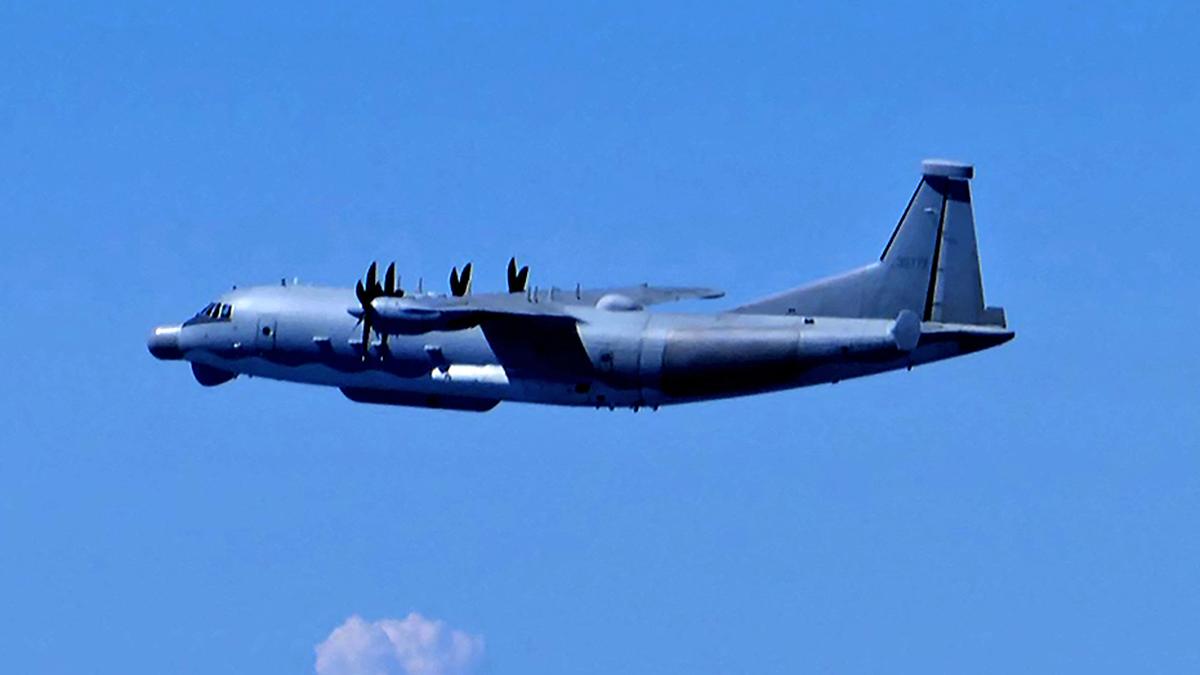Japan’s shrinking population and aging workforce present a significant challenge to the country’s military modernization plans. As Japan seeks to bolster its defense capabilities in response to growing regional tensions, particularly with China, it faces the stark reality of declining manpower. This predicament necessitates a strategic shift towards unmanned and automated systems, AI-powered solutions, and an emphasis on attracting and retaining qualified personnel.
Facing the Demographic Headwind
Japan’s shrinking population is a long-term demographic trend, exacerbated by a declining birth rate and an aging society. The Self-Defense Force (SDF), the nation’s military, is directly impacted by this demographic shift. Recruitment challenges have reached unprecedented levels, with the SDF fulfilling only half of its recruiting target in 2023. This shortfall is the lowest in the SDF’s 70-year history, highlighting the difficulty in attracting young talent to a demanding and potentially dangerous profession.
A Shrinking Workforce
Compounding the issue is the high turnover rate among SDF personnel. In 2023, the SDF witnessed a record number of mid-career personnel leaving, with 6,258 individuals departing. This significant attrition can be attributed to various factors, including the allure of better salaries and benefits offered by private companies and the increasingly challenging work-life balance for SDF personnel. The demographic headwinds are thus creating a vicious cycle, further straining the already limited pool of potential recruits.
Embracing Automation and Unmanned Systems
Faced with this daunting reality, Japan’s defense ministry is pivoting towards unmanned systems, AI, and automation to enhance its military capabilities. Recognizing the limits of a shrinking manpower pool, the ministry is focusing on technologies that can mitigate human resource constraints and maintain a robust defense posture.
Unmanned Drones: The Game Changer
The ministry has identified unmanned drones as a crucial component of its defense strategy. Recognizing their potential to address manpower limitations and enhance operational capabilities, combat drones are deemed “game changers” that can carry out extended missions with minimal human intervention, reducing human casualties and increasing operational efficiency.
Advantages of Drones
- Endurance: Drones can remain operational for prolonged periods, reducing the need for constant shifts of personnel.
- Risk Reduction: By replacing human pilots, drones minimize the risk of human casualties in combat.
- Cost Efficiency: While initial investment in drone technology may be substantial, their operation often proves more cost-effective than maintaining a large human crew.
- Flexibility: Drones offer a high degree of flexibility in deployment and can be rapidly re-tasked to suit changing tactical situations.
AI and Automation for a Leaner Workforce
Recognizing the need for improved efficiency and manpower utilization, Japan’s defense ministry is investing in AI-powered surveillance systems and automated logistical solutions. This strategic shift aims to optimize the limited workforce by automating routine tasks and streamlining operations.
AI for Enhanced Surveillance
The ministry seeks to implement an AI-based surveillance system at 40 SDF bases across Japan. This initiative aims to leverage AI’s capabilities to enhance security, improve situational awareness, and free up approximately 1,000 service personnel who would otherwise be tasked with these duties.
Automated Supply Storage
The defense ministry is allocating funds for automated supply storage facilities, which are projected to become operational in 2027. This move aims to improve logistical efficiency and reduce the need for manual labor in handling and managing essential supplies, allowing for the more strategic deployment of personnel.
Retaining and Recruiting Personnel: A Multi-Pronged Approach
While embracing automation and unmanned systems is crucial, Japan’s defense ministry recognizes that human capital remains essential for a vibrant and effective military. Therefore, the ministry has launched a multi-pronged initiative aimed at improving recruitment, retention, and overall workforce quality.
Improving Incentives and Working Conditions
Recognizing the challenges in competing with private sector compensation and benefits, the defense ministry has pledged to improve salaries and working conditions for SDF personnel. These reforms aim to create a more attractive environment for potential recruits and encourage current members to remain in service.
Strategic Initiatives:
- Salary Enhancements: Increased pay will align with market rates and incentivize a more competitive salary structure.
- Working Environment: Emphasis on improving working conditions will address concerns related to stress, workload, and quality of life.
- Training and Development: Enhanced training and development programs will focus on enhancing skills, offering career progression opportunities, and increasing career satisfaction.
- Family Support: Enhanced support for working mothers will address the specific challenges faced by women in the military, creating a more inclusive and welcoming environment.
Combating a Legacy of Misconduct
The defense ministry is also tackling the problem of misconduct and abuse, which has plagued the SDF in recent years. A series of scandals involving sexual assault, harassment, and cover-ups has eroded public trust and impacted the SDF’s image, discouraging potential recruits and contributing to the difficulty in attracting and retaining personnel. The ministry is implementing reforms aimed at addressing this issue by establishing clearer codes of conduct, improving internal investigations, and holding leaders accountable for their actions. These measures are aimed at rebuilding trust and restoring the reputation of the SDF.
Take Away Points:
- Japan’s shrinking population presents a significant challenge for the SDF, forcing it to adapt and innovate to maintain a strong defense posture.
- Unmanned systems, AI, and automation are being adopted to offset manpower shortages, while reforms are being implemented to enhance recruitment and retention.
- A multifaceted approach is being used to address demographic headwinds, encompassing improved salaries and working conditions, a focus on diversity and inclusion, and addressing misconduct to foster a more positive and welcoming environment.
- While the challenge remains significant, Japan’s efforts to adapt its military force through technology and workforce strategies provide insights into the challenges and potential solutions for nations facing similar demographic pressures.




